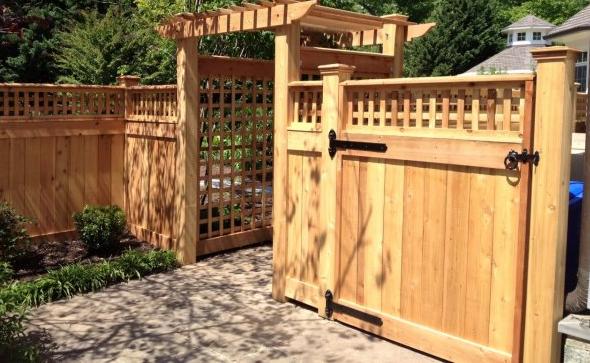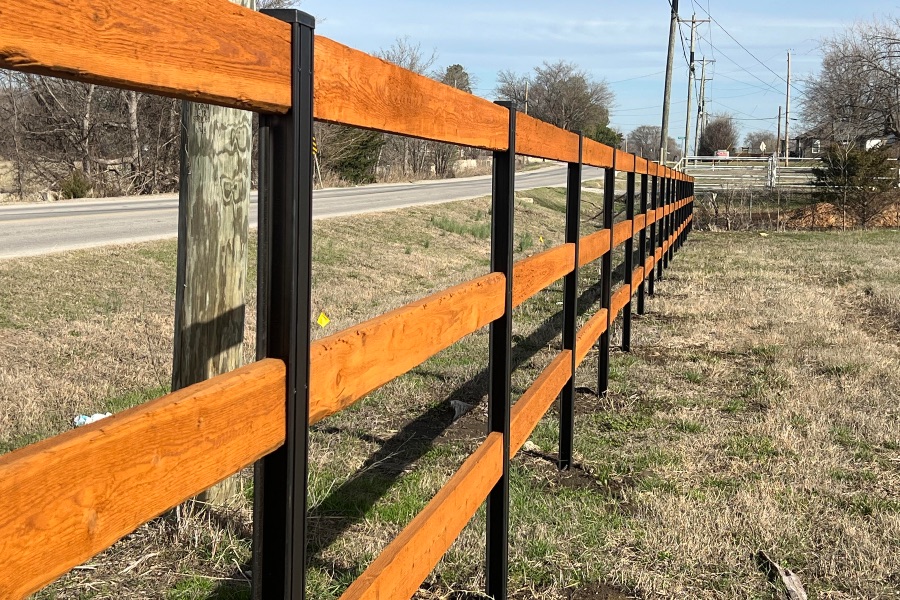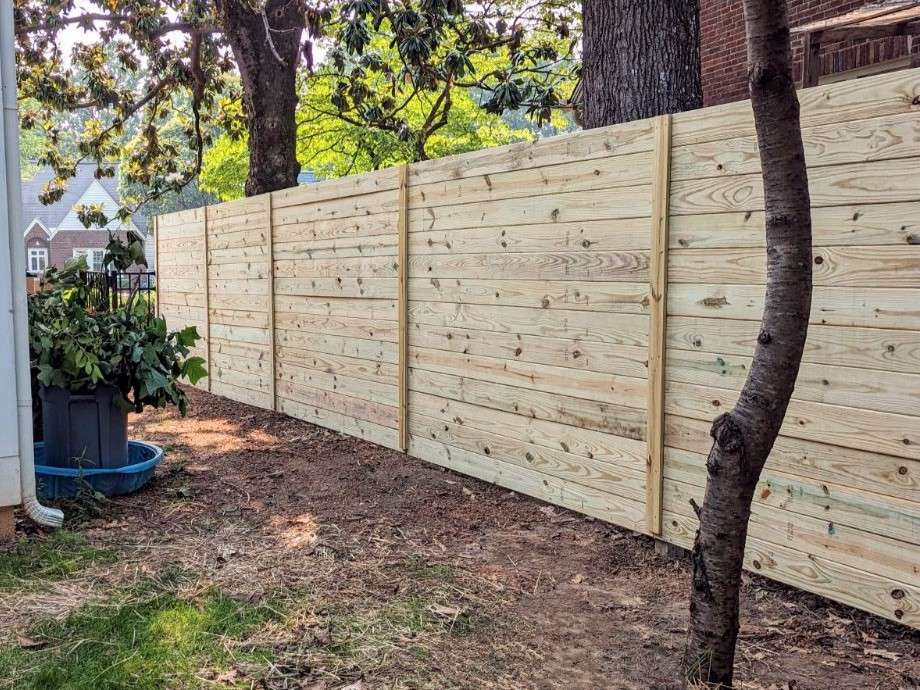All Categories
Featured

Whether it's strong winds, rainfall, snow, or extreme heat, climate conditions can progressively deteriorate your fence, leading to costly repair services or replacement. There are several actions you can take to safeguard your fence from weather-related damages and extend its life-span.
- Choose the Right Product. The sort of product your fence is made from plays a considerable role in just how well it will certainly stand up to climate condition. Some products are naturally much more immune to damage than others. As an example:
Wood Fencings: While attractive and timeless, timber can be susceptible to dampness, rot, and insects. Pressure-treated wood or cedar can offer far better resistance to these issues. Plastic Fences: Plastic is very resistant to moisture, rot, and bugs. It also stands up well to harsh sun and heavy rainfall. Steel Fences: Wrought iron or light weight aluminum fences are resilient and can withstand a selection of weather condition problems. They can, nevertheless, suffer from rust in time, particularly if not appropriately coated. Composite Fences: Made from a mixture of wood fibers and plastic, composite fencings are much more resistant to weather-related damages compared to conventional timber fences. Choosing the right material for your area's climate is the primary step in safeguarding your fencing from climate damage.
- Seal or Discoloration Wooden Fences. Wooden fences are especially susceptible to damage from moisture, UV rays, and temperature changes. One of one of the most efficient ways to protect your timber fence is by using a protective sealer or tarnish. These items aid:
Protect Against Water Damages: Sealants produce a waterproof barrier, protecting against dampness from seeping right into the wood and causing rot, mold and mildew, or mildew. Shield Against UV Damage: A great stain or sealant will certainly likewise block damaging UV rays from the sunlight, which can create timber to dry, fracture, and tarnish gradually. Preserve the Fence's Appearance: Normal staining aids preserve the all-natural elegance of the timber and expands its life-span. It's advised to reapply the tarnish or sealant every 1-- 2 years to maintain your fence in great problem.
- Mount a Barrier for Wind Defense. Solid winds can cause substantial damage to your fencing, especially if it is weak or tall. Wind can bend or damage wooden panels, loosen up fence articles, or perhaps cause the whole fencing to collapse. Installing a windbreak-- such as planting bushes, bushes, or setting up a mesh barrier-- can aid shield your fence from high winds.
In addition, you can enhance the articles with concrete or steel braces to give added security and stop changing or leaning.
- Trim Overhanging Branches. Dropping branches can damage panels or harm the fence messages, leading to expensive repairs. Keeping the branches reduced back decreases the risk of branches damaging off and causing damages to the fence.
- Regular Inspections and Upkeep. Executing regular upkeep and evaluations is key to catching prospective issues prior to they escalate. After a hefty tornado, check your fence for any kind of indications of damages, such as loose panels, leaning posts, or busted areas. Looking after small problems before they become bigger ones can assist extend the life of your fencing.
In addition, cleaning your fence regularly to eliminate particles, dirt, or mold and mildew can assist maintain its look and honesty. For wood fencings, delicately stress clean the surface to get rid of built-up grime, and for vinyl fencings, make use of a mild detergent to clean up any kind of spots.

- Make Certain Proper Drainage. Water damage is one of the most common weather-related concerns that impact fencings. Poor drainage can lead to standing water around your fencing messages, which can trigger the posts to rot or compromise with time. To avoid this, make certain the ground around your fencing inclines away from the blog posts. You might additionally wish to set up drain options such as French drains or crushed rock at the base of the blog posts to avoid water from merging.
- Use a Safety Finishing to Metal Fencings. Steel fences, such as those made from iron or steel, are highly durable yet can be susceptible to rust otherwise properly preserved. Applying a safety finishing or paint that is specifically designed for metal can assist stop rust and deterioration. Make sure to check the fence periodically for any type of indications of rust, and address it right away by sanding and painting the impacted areas.

Final thought. Your fencing is an important investment, and securing it from weather-related damages will certainly assist make certain that it proceeds to serve its objective for years ahead. By selecting the best products, frequently maintaining your fencing, and taking actions to protect it from the components, you can minimize weather-related damages and extend its lifespan. Whether you're managing strong winds, hefty rainfall, or the extreme sun, these easy steps can go a lengthy way in preserving the problem and appearance of your fence, saving you money and time over time.
Latest Posts
The Benefits of Regular Car Maintenance at Montclare Auto Repair Reduces Costs
Published Jun 01, 25
1 min read
Protect Your Home with Quality Residential Roof
Published May 25, 25
1 min read
How to Know When Your Car Needs Professional Auto Repair at Montclare Auto Repair
Published May 22, 25
1 min read